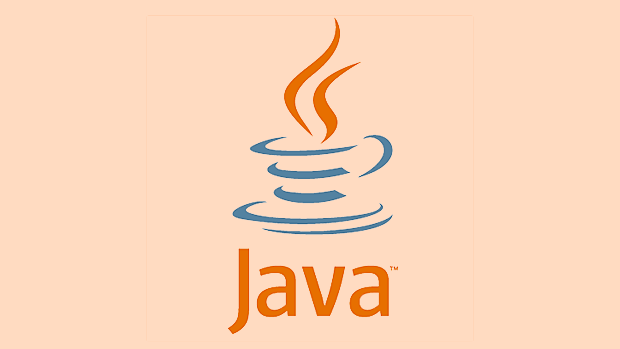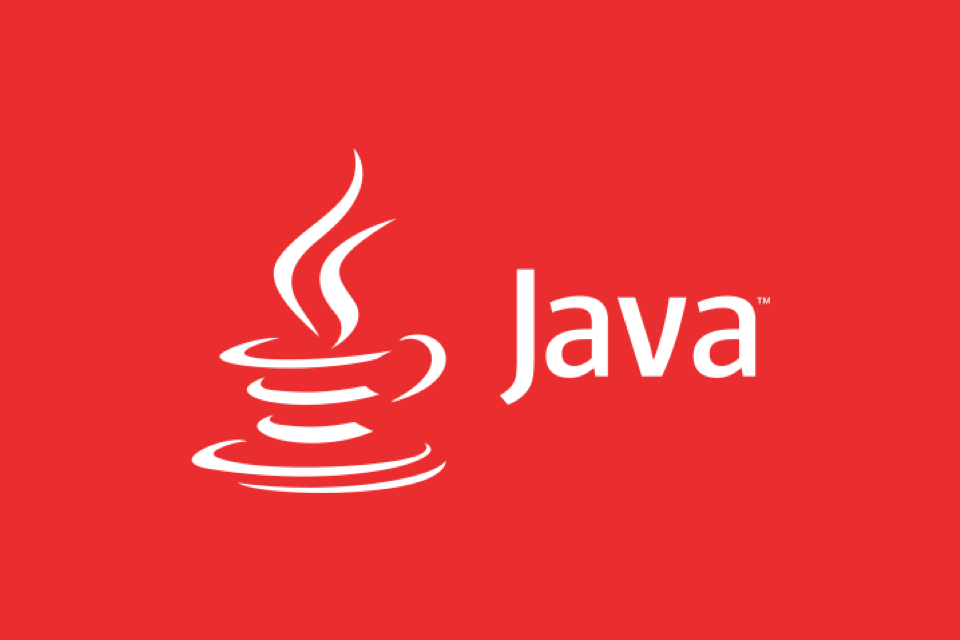The strictfp keyword in Java ensures consistent floating-point results across platforms by enforcing IEEE 754 compliance. 1. It applies to classes, interfaces, and methods, restricting intermediate calculations to standard precision. 2. Without strictfp, JVMs may use higher-precision registers, causing minor result variations. 3. It is useful for financial, scientific, or mission-critical applications where rounding differences matter. 4. Performance may decrease slightly due to enforced rounding. 5. Modern JVMs often behave consistently without strictfp, making it unnecessary for most applications.

The strictfp keyword in Java is used to ensure that floating-point calculations produce the same results across all platforms. It restricts floating-point calculations to maintain consistency by enforcing strict floating-point semantics as defined by the IEEE 754 standard.

Without strictfp, Java allows intermediate floating-point results to be stored in registers with higher precision than required, which can lead to slightly different results on different hardware or JVM implementations. When you use strictfp, the JVM will not allow this extra precision — it forces the result to be rounded at each step, matching the behavior specified by the standard.
What does strictfp apply to?
You can use strictfp with:

- Classes
- Interfaces
- Methods
When applied to a class or interface, all methods and nested types within it are also subject to strict floating-point rules. If applied only to a method, then only that method's floating-point operations are affected.
Example:

public strictfp class Calculator {
public double calculateInterest(double principal, double rate) {
return principal * rate;
}
}This ensures every floating-point operation inside the Calculator class follows strict IEEE 754 rules.
Why would you use strictfp?
There are a few situations where using strictfp makes sense:
- You need consistent floating-point results across different devices or operating systems.
- You're working on financial applications where small rounding differences can matter.
- Your application performs complex scientific or mathematical computations and needs predictable behavior.
Keep in mind that while strictfp improves consistency, it may slightly reduce performance because of the enforced rounding steps.
Here’s a real-world example:
Imagine calculating interest rates on two different machines — one uses 80-bit internal registers for intermediate math, and another uses 64-bit. Without strictfp, those two machines could produce slightly different final results due to rounding differences. With strictfp, both would match exactly.
Do you need to use strictfp often?
In most cases, no — unless you specifically need cross-platform consistency for floating-point operations.
Modern JVMs already behave consistently enough for many applications, especially if they don’t involve high-precision math. So unless you're developing mission-critical systems like banking software, simulations, or cryptographic tools, you probably won’t run into a situation where strictfp becomes necessary.
Also worth noting:
-
strictfpdoesn’t affect other numeric types likeintorlong. - It works transparently — you don’t have to change your calculation logic when using it.
So basically, strictfp is a niche but powerful tool when precision matters more than performance.
The above is the detailed content of What is the strictfp keyword in Java?. For more information, please follow other related articles on the PHP Chinese website!

Hot AI Tools

Undress AI Tool
Undress images for free

Undresser.AI Undress
AI-powered app for creating realistic nude photos

AI Clothes Remover
Online AI tool for removing clothes from photos.

Clothoff.io
AI clothes remover

Video Face Swap
Swap faces in any video effortlessly with our completely free AI face swap tool!

Hot Article

Hot Tools

Notepad++7.3.1
Easy-to-use and free code editor

SublimeText3 Chinese version
Chinese version, very easy to use

Zend Studio 13.0.1
Powerful PHP integrated development environment

Dreamweaver CS6
Visual web development tools

SublimeText3 Mac version
God-level code editing software (SublimeText3)

Hot Topics
 Difference between HashMap and Hashtable?
Jun 24, 2025 pm 09:41 PM
Difference between HashMap and Hashtable?
Jun 24, 2025 pm 09:41 PM
The difference between HashMap and Hashtable is mainly reflected in thread safety, null value support and performance. 1. In terms of thread safety, Hashtable is thread-safe, and its methods are mostly synchronous methods, while HashMap does not perform synchronization processing, which is not thread-safe; 2. In terms of null value support, HashMap allows one null key and multiple null values, while Hashtable does not allow null keys or values, otherwise a NullPointerException will be thrown; 3. In terms of performance, HashMap is more efficient because there is no synchronization mechanism, and Hashtable has a low locking performance for each operation. It is recommended to use ConcurrentHashMap instead.
 What are static methods in interfaces?
Jun 24, 2025 pm 10:57 PM
What are static methods in interfaces?
Jun 24, 2025 pm 10:57 PM
StaticmethodsininterfaceswereintroducedinJava8toallowutilityfunctionswithintheinterfaceitself.BeforeJava8,suchfunctionsrequiredseparatehelperclasses,leadingtodisorganizedcode.Now,staticmethodsprovidethreekeybenefits:1)theyenableutilitymethodsdirectly
 How does JIT compiler optimize code?
Jun 24, 2025 pm 10:45 PM
How does JIT compiler optimize code?
Jun 24, 2025 pm 10:45 PM
The JIT compiler optimizes code through four methods: method inline, hot spot detection and compilation, type speculation and devirtualization, and redundant operation elimination. 1. Method inline reduces call overhead and inserts frequently called small methods directly into the call; 2. Hot spot detection and high-frequency code execution and centrally optimize it to save resources; 3. Type speculation collects runtime type information to achieve devirtualization calls, improving efficiency; 4. Redundant operations eliminate useless calculations and inspections based on operational data deletion, enhancing performance.
 Why do we need wrapper classes?
Jun 28, 2025 am 01:01 AM
Why do we need wrapper classes?
Jun 28, 2025 am 01:01 AM
Java uses wrapper classes because basic data types cannot directly participate in object-oriented operations, and object forms are often required in actual needs; 1. Collection classes can only store objects, such as Lists use automatic boxing to store numerical values; 2. Generics do not support basic types, and packaging classes must be used as type parameters; 3. Packaging classes can represent null values ??to distinguish unset or missing data; 4. Packaging classes provide practical methods such as string conversion to facilitate data parsing and processing, so in scenarios where these characteristics are needed, packaging classes are indispensable.
 What is an instance initializer block?
Jun 25, 2025 pm 12:21 PM
What is an instance initializer block?
Jun 25, 2025 pm 12:21 PM
Instance initialization blocks are used in Java to run initialization logic when creating objects, which are executed before the constructor. It is suitable for scenarios where multiple constructors share initialization code, complex field initialization, or anonymous class initialization scenarios. Unlike static initialization blocks, it is executed every time it is instantiated, while static initialization blocks only run once when the class is loaded.
 What is the Factory pattern?
Jun 24, 2025 pm 11:29 PM
What is the Factory pattern?
Jun 24, 2025 pm 11:29 PM
Factory mode is used to encapsulate object creation logic, making the code more flexible, easy to maintain, and loosely coupled. The core answer is: by centrally managing object creation logic, hiding implementation details, and supporting the creation of multiple related objects. The specific description is as follows: the factory mode handes object creation to a special factory class or method for processing, avoiding the use of newClass() directly; it is suitable for scenarios where multiple types of related objects are created, creation logic may change, and implementation details need to be hidden; for example, in the payment processor, Stripe, PayPal and other instances are created through factories; its implementation includes the object returned by the factory class based on input parameters, and all objects realize a common interface; common variants include simple factories, factory methods and abstract factories, which are suitable for different complexities.
 What is the `final` keyword for variables?
Jun 24, 2025 pm 07:29 PM
What is the `final` keyword for variables?
Jun 24, 2025 pm 07:29 PM
InJava,thefinalkeywordpreventsavariable’svaluefrombeingchangedafterassignment,butitsbehaviordiffersforprimitivesandobjectreferences.Forprimitivevariables,finalmakesthevalueconstant,asinfinalintMAX_SPEED=100;wherereassignmentcausesanerror.Forobjectref
 What is type casting?
Jun 24, 2025 pm 11:09 PM
What is type casting?
Jun 24, 2025 pm 11:09 PM
There are two types of conversion: implicit and explicit. 1. Implicit conversion occurs automatically, such as converting int to double; 2. Explicit conversion requires manual operation, such as using (int)myDouble. A case where type conversion is required includes processing user input, mathematical operations, or passing different types of values ??between functions. Issues that need to be noted are: turning floating-point numbers into integers will truncate the fractional part, turning large types into small types may lead to data loss, and some languages ??do not allow direct conversion of specific types. A proper understanding of language conversion rules helps avoid errors.






